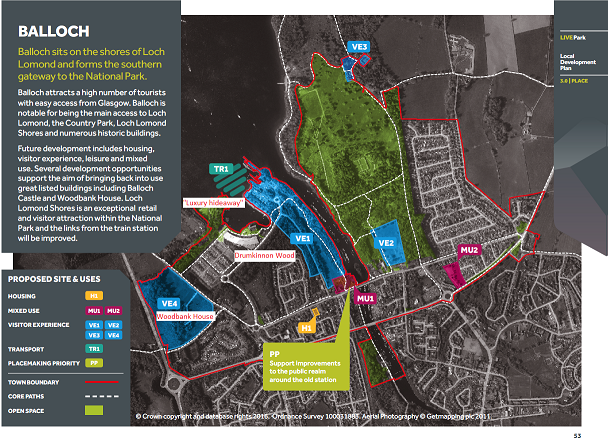
On Saturday I was delighted to be one of the speakers at a demonstration against Flamingo Land organised by Save Loch Lomond (see here) and which was covered on STV news (see here). While I believe the decision about whether Flamingo Land goes ahead will ultimately be decided by politics, part of my speech covered planning issues and in particular the extent to which the proposed development accords with the Loch Lomond and Trossachs National Park Authority’s Local Development Plan (LDP). This post takes a look at how the allocation of land for development in the LDP fits with the Planning Application Flamingo Land has submitted and what this tells us about the planning system. (A further post will look at how far the Planning Application accords with the policies set out in the LDP).
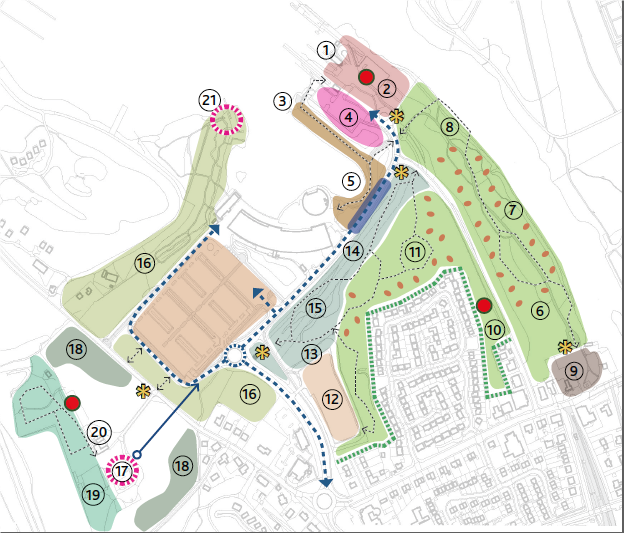
First though a short political digression. The current proposals from the Scottish Government to change our planning system put a lot of emphasis on what is called “frontloading” the planning system. According to its proponents, the place for public participation is in Local Development (and other strategic) Plans rather than actual planning applications. The idea behind this is that where land has been allocated for a purpose, such as housing, within an LDP the focus of Planning Authorities, like our National Parks, should be on facilitating developments to go ahead.
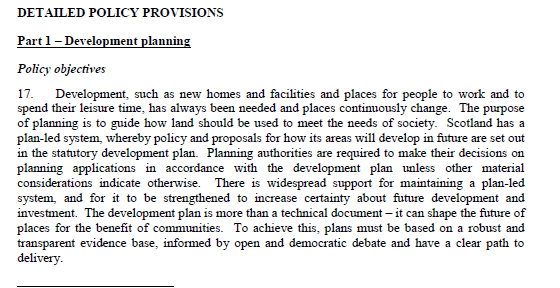
The proponents of frontloading tend to say less about what should happen where developments which do NOT accord with the LDP. The weasel words here being “material considerations”:
“Planning Authorities are required to make their decisions on planning applications in accordance with the development plan unless other material considerations indicate otherwise”.
The Flamingo Land proposals which fall outwith the LDP
Three elements of the Flamingo Land’s planning proposal falls outwith the LDP agreed by the LLTNPA just two years ago:
- The proposed development of Drumkinnon Woods with holiday lodges and aerial walkways
- The proposed luxury hideaway on the shore of Loch Lomond
- The proposed housing for the land around Woodbank House which was earmarked for Visitor Experience not housing.
In my view, in their JOINT Planning Application Scottish Enterprise and Flamingo Land have provided NO material considerations which explicitly justify why the LLTNPA should ignore the spatial allocations which they agreed for Balloch just two years ago in their Local Development Plan. While Flamingo Land bought the Woodbank House part of the proposed development AFTER the LDP was produced (and could thus argue that it was unable to make the case for the luxury housing and luxury hideaway it is proposing for the land it has acquired) Scottish Enterprise has NO such excuse. They have owned the Riverside Site, including Drumkinnon Woods, for years.
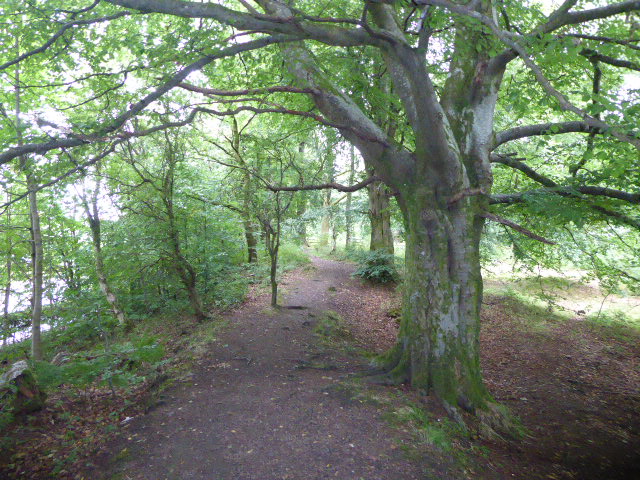
Scottish Enterprise have thus had every opportunity to try and change successive LDPs to allow development in Drumkinnon Woods and failed to do so. By now submitting a joint Planning Application with Flamingo Land to develop Drumkinnon Woods Scottish Enterprise have shown a total disregard for the planning system. This should be a public scandal but at present they seem to be getting away with manipulating the planning system for their own ends.
There are serious questions too to be asked about how the LLTNPA allowed proposals contrary to the LDP to get this far and whether they knew the development of Drumkinnon Woods was on the table when they sat with Scottish Enterprise on the interview panel which appointed Flamingo Land as preferred developer for the Riverside Site. Setting this aside, for the LLTNPA now to agree in principle to the development of Drumkinnon Woods would drive another cart and horses through the LDP and the whole idea of a “frontloaded” development planning process.
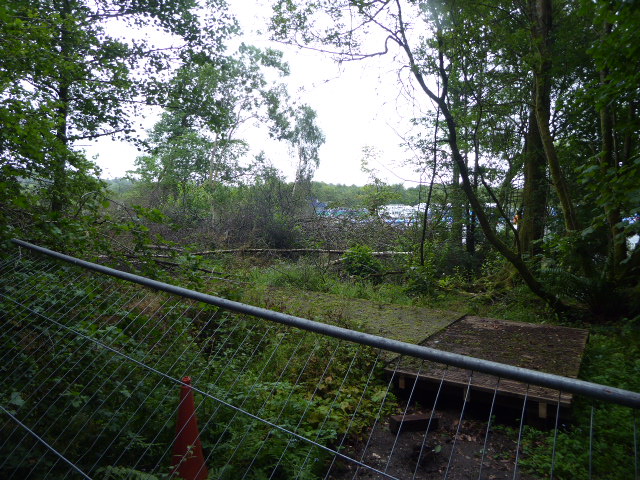
At their last Planning Committee on the 27th August, the LLTNPA confirmed the Tree Preservation Order for the area on the west side of Drumkinnon lagoon where trees had been illegally felled (see here) and where the “luxury hideaway” is to be located. This was because:
“The felling has had a significant negative impact on the amenity and setting of Drumkinnon Bay, and the local visitor and tourist destination of Loch Lomond Shores.”
With the LLTNPA accepting that the trees on this site need to be protected, on their own logic its difficult to see how they could now possibly identify any other “material consideration” which would justify the luxury hideaway going ahead.
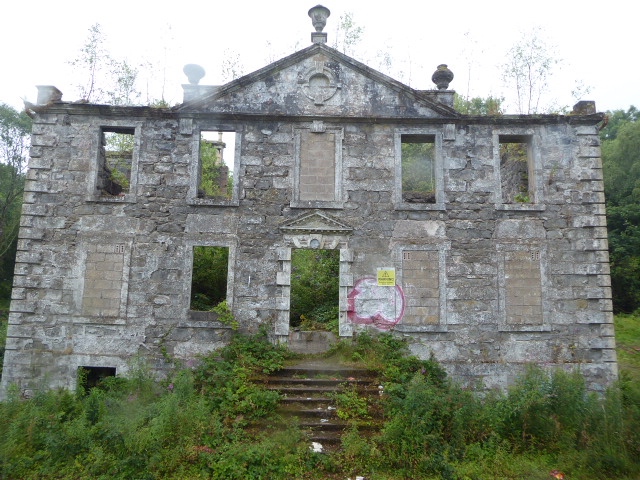
That then leaves the proposed housing at Woodbank House where Flamingo Land’s Planning Application attempts to justify the inclusion of 20 new houses on the basis that these are needed to finance the restoration of the facade of the old house and other estate buildings. This might appear quite reasonable until you consider Flamingo Land’s accounts for last year:
 So, the purchase of Woodbank House and surrounding land PLUS research and development associated with proposals to develop the land owned by Scottish Enterprise came to less than £1m – or to put it another way less than £50k for each luxury house plot. Land for such houses would normally cost more than twice this. Flamingo Land was only able to purchase this land on the cheap because the LLTNPA had NOT allocated it for housing and they stand to make a huge windfall if the LLTNPA now agrees to change this. The LLTNPA would be wise not to agree ANY change in use for land at Woodbank House until they have concrete proposals for how Flamingo Land intend to restore the old house, buildings and associated landscaping and costings which show HOW any housing windfall would be invested.
So, the purchase of Woodbank House and surrounding land PLUS research and development associated with proposals to develop the land owned by Scottish Enterprise came to less than £1m – or to put it another way less than £50k for each luxury house plot. Land for such houses would normally cost more than twice this. Flamingo Land was only able to purchase this land on the cheap because the LLTNPA had NOT allocated it for housing and they stand to make a huge windfall if the LLTNPA now agrees to change this. The LLTNPA would be wise not to agree ANY change in use for land at Woodbank House until they have concrete proposals for how Flamingo Land intend to restore the old house, buildings and associated landscaping and costings which show HOW any housing windfall would be invested.
I hope this demonstrates why the LLTNPA should IN PRINCIPLE refuse these three aspects of the proposed development.
The inconsistent approach to Local Development Plans and how this is being mis-used
Unsurprisingly, developers tend to appeal to Local Development Plans when it suits their purpose and ignore them when it doesn’t but in the consequent muddle otherwise decent people tend to take their eye off the ball. This appears to have happened with two prominent local organisations which have come out in favour of the Flamingo Land Development. I focus on them here as on past form the LLTNPA will give significant weight to what they say when deciding the application.

FOLLAT’s claim that this is the last large site zoned in the LDP for tourism and recreational development is totally misleading, and wrong in part, because the application affects far more land than was zoned for “Visitor Experience”.
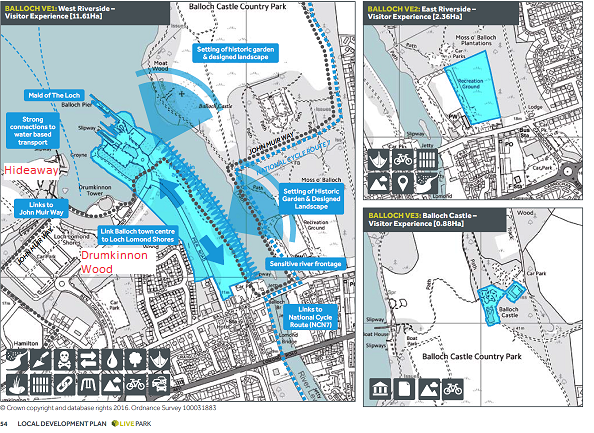
While it would have been entirely consistent with their past position for FOLLAT to support development along the Riverside site, they are now supporting a far far bigger development which was NEVER agreed through the development planning process. This is a fundamental mistake which undermines some excellent points in their response about the actual site which has been zoned for “Recreational Experience”. Indeed they provide a quote from 1948 in support of development here (i.e. they are arguing its been frontloaded or earmarked for development for a long time) which ignores the crucial words at the end:

The developments should be “each divided from the other by generous park reservations“. What else is Drumkinnon Wood but a green reserve? Yet FOLLAT now appears to be supporting blanket development.
A majority of the Balloch and Haldane Community Council also justified ignoring the unanimous opposition to the development expressed by local people at their public consultation meeting on similar mistaken grounds:
 I can understand local organisations not wanting to change previous positions and supporting the Local Development Plan process – front-loading if you like – but if they are going to do so they need to be consistent and BH&CC has been totally inconsistent when it comes to the LDP, particularly in relation to Drumkinnon Woods:
I can understand local organisations not wanting to change previous positions and supporting the Local Development Plan process – front-loading if you like – but if they are going to do so they need to be consistent and BH&CC has been totally inconsistent when it comes to the LDP, particularly in relation to Drumkinnon Woods:
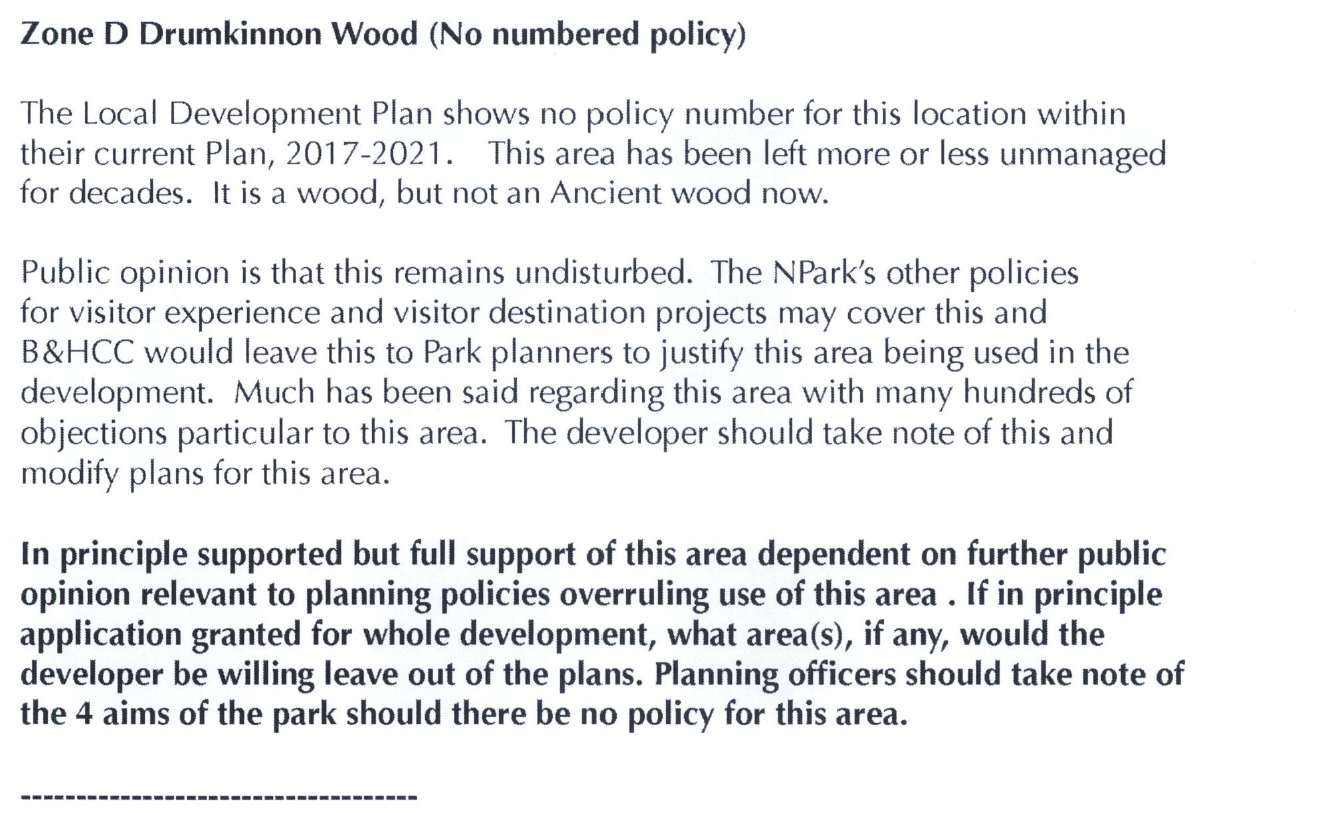
The Flamingo Land Planning Application and the Scottish Planning Bill
The Flamingo Land planning application, where two important local organisations are supporting a development contrary to the Local Development Plan, has a great deal of relevance to the Planning Bill going through the Scottish Parliament. If our LDPs are to have real force, people need to have a right of appeal where Planning Authorities agree to developments, as with Flamingo Land, which fall outwith their scope. This is known as a Third Party Right of Appeal and Planning Democracy, has made an eloquent case for this (see here). This becomes particularly complex where independent organisations, as at Balloch, appear no longer to reflect or represent local or national opinion.
There are proposals currently before the Scottish Parliament to introduce a third party right of appeal which have been opposed by a number of prominent organisations (see here) who claim giving communities a right of appeal would embed confrontation:
We are of the view that “equalising” appeal rights by removing or reducing the applicant right of appeal would be a mistake. Enhancing public trust in planning must be a priority and should be done through a positive and proactive approach to supporting communities to engage with the planning system; not with a new right of appeal that only entrenches confrontation.
One of the signatories to that Herald Letter was Petra Biberbach, current chair of the LLTNPA Planning Committee, who also is head of the Planning Advisory Service and was a member of the three person panel which produced the report which led to the Planning Bill. She is a prominent proponent of front-loading:
“3. Stronger development plans: PAS believes that a 10 year local development plan process will allow a greater focus on delivery, and importantly, more time for frontloading (including community engagement) and wider discussion.”
and has an opportunity, before she retires from the LLTNPA Board, to demonstrate how this can work either by stating publicly that the LLTNPA should reject in principle those elements of the Flamingo Land Application which are contrary to the LDP or else by coming up with clear proposals for community engagement – its clearly NOT worked at Flamingo Land – that would re-stablish trust in the Planning System. It will be interesting to see if she does so but if not this will provide further evidence of the need for a third party right of appeal.
What’s gone wrong at Flamingo Land also provides great evidence to support this proposed amendment to the Planning Bill from the Labour MSP Daniel Johnson:
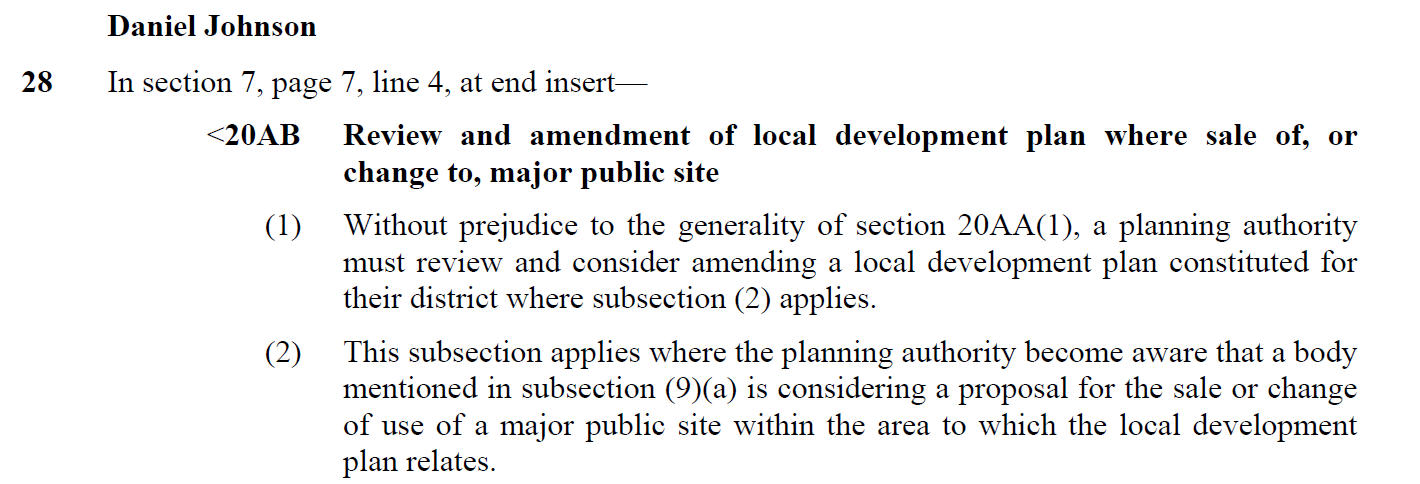
The idea of course is to get more debate about the sale of public assets, as Scottish Enterprise is proposing to do at Balloch.
What needs to happen
While it is fantastic that the Green MSP, Ross Greer, and some local councillors have spoken out about the Flamingo Land development, we need more to do so. For any MSP concerned about the Planning Bill, the planning process around Flamingo Land provides lots of evidence for what is going wrong in our planning system and how both local communities and national interests are being disempowered – the opposite of what most MSPs claim to want.
People concerned about the development can help by bringing attention to what is going wrong to their local MSPs. This will, in planning terms, be given more force if more people object to the development (you can do so here) on the grounds that significant elements of it are outwith the scope of the Local Development Plan.

Another fabulous piece Nick. You are amazing! Keep up the good work! Jan